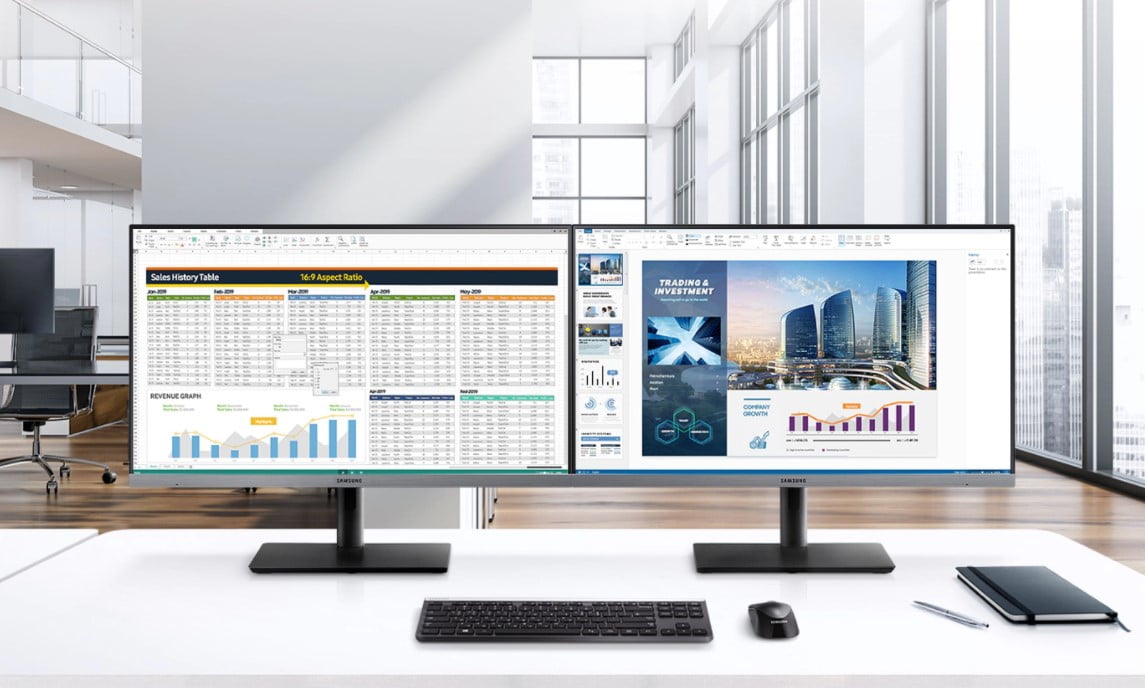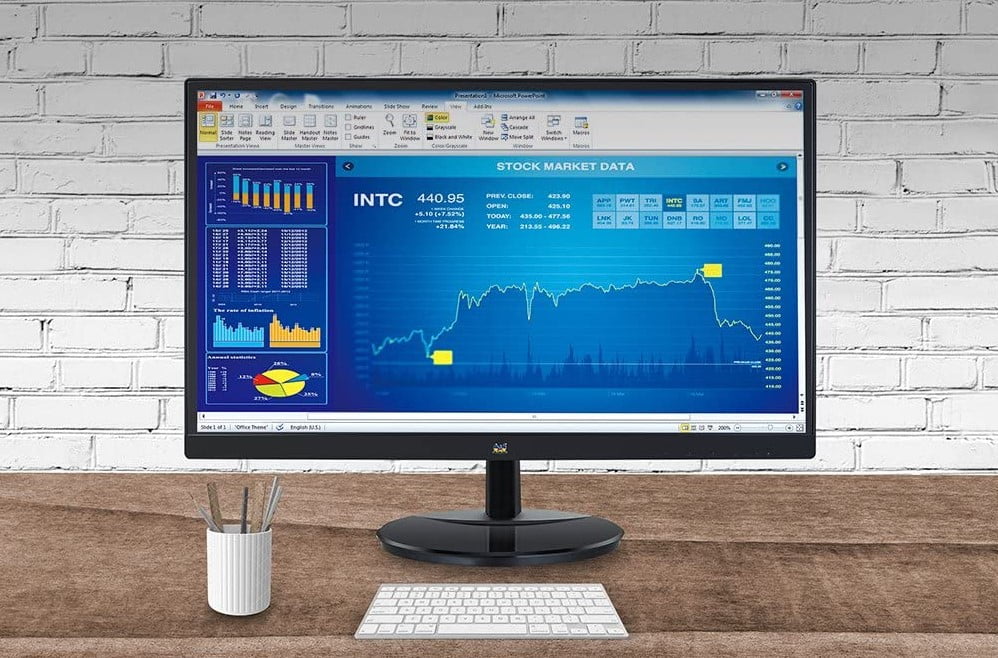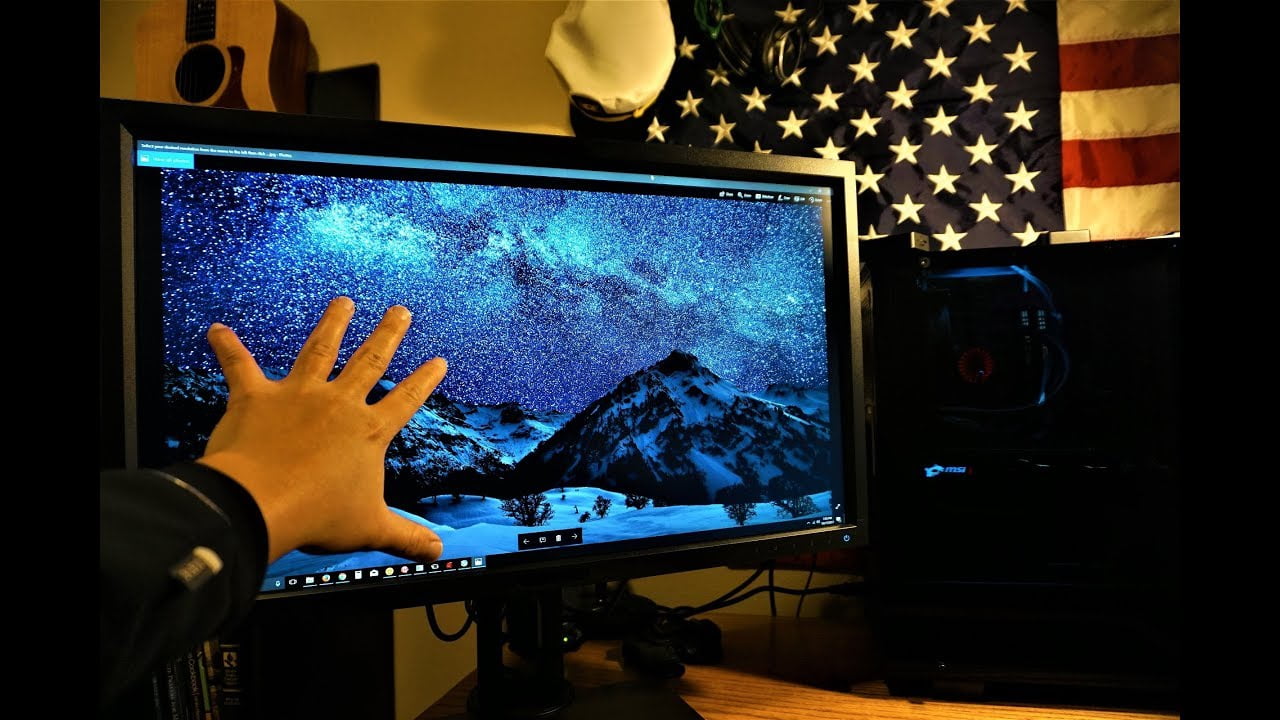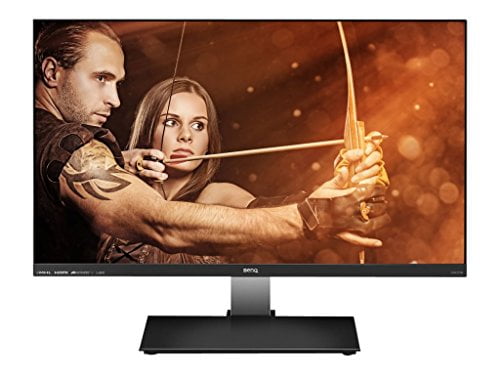If you are shopping for a new display, you may be considering gaming monitors with 5ms vs 2ms response times. The best gaming monitors are typically speedy when it comes to this metric, but will your experience drastically suffer if you opt for a slower response time? Keep reading to find out.
KEY TAKEAWAYS:
- Response time is a measure of how long it takes a monitor’s pixels to change colors, so the lower the better.
- A display with a 2ms response time will be faster than one with a 5ms response time, though the difference during gameplay will be subtle.
- Gaming monitors with a 2ms response time will be more expensive than 5ms monitors, as the former tend to be more future-proof.
Differences Between 5ms and 2ms
The main difference here will be response time. But what does this mean exactly? Response time is a measure that illustrates how long it takes the display to shift from one color to another. Modern games with modern graphics are always shifting colors, after all, so ideally you’d want the lower response time of 2ms. However, the contrast between 2ms and 5ms in real-world gaming scenarios will not be that stark, somewhere similar to when you compare gaming monitors with 144Hz vs 75Hz refresh rates.
Insider Tip
You can adjust many of the game’s settings to take advantage of whatever response time your monitor features.
Smooth Gameplay
Response time is tied directly to a monitor’s refresh rate, as a slower response time typically translates to a slower refresh rate. In other words, a 2ms gaming monitor will deliver a relatively smoother gameplay experience over a 5ms gaming monitor. This difference will not be night and day, as it will be on the subtler side. After all, some monitors have response times all the way down to 16ms, so 5ms vs 2ms is not that big of a deal. Still, you may want to opt for a faster response time if you regularly play competitive shooters and other online games. Another factor that can impact the speed of your visuals is when you contrast HDMI vs DVI gaming.
Future-Proofing
PC gaming is constantly evolving, with games that always take advantage of the newest and hottest graphics cards on the block. While 5ms may be adequate for most newly released games as of this writing, the same cannot be said for the future. If you want to “future-proof” your gaming rig, opt for a display with a faster response time. So, yeah, 2ms is better than 5ms in this regard. With that said, a gaming monitor with 1ms vs 2ms is the best, especially for an FPS like Call of Duty.
Display Price
A difference between 2ms monitors and 5ms monitors is that the former tends to be more expensive than the latter, so that must be taken into account before you make a purchase. This uptick in cost is not just due to the response time, but monitors with a 2ms response time tend to offer additional high-end features, such as a high resolution, a fast refresh rate, and more.
F.A.Q.S
75Hz vs 144Hz – Which monitor offers smoother gameplay?
A 144Hz refresh rate will offer smoother gameplay, increased image quality, and faster frame rates while playing games.
How do you reduce display motion blur?
This depends on your display type and screen display size, but you should head to the monitor menu and adjust the settings to reduce display motion blur. If you are having trouble with glare, invest in an LCD anti-glare monitor or monitor cover.
What does VSync do?
VSync, aka vertical sync technology, works to synchronize the rate at which the GPU renders frames so it matches the refresh rate of your display.
STAT: Response times are usually measured from grey-to-grey transitions, based on a VESA industry standard from 10% to 90% points in the pixel response curve. (source)

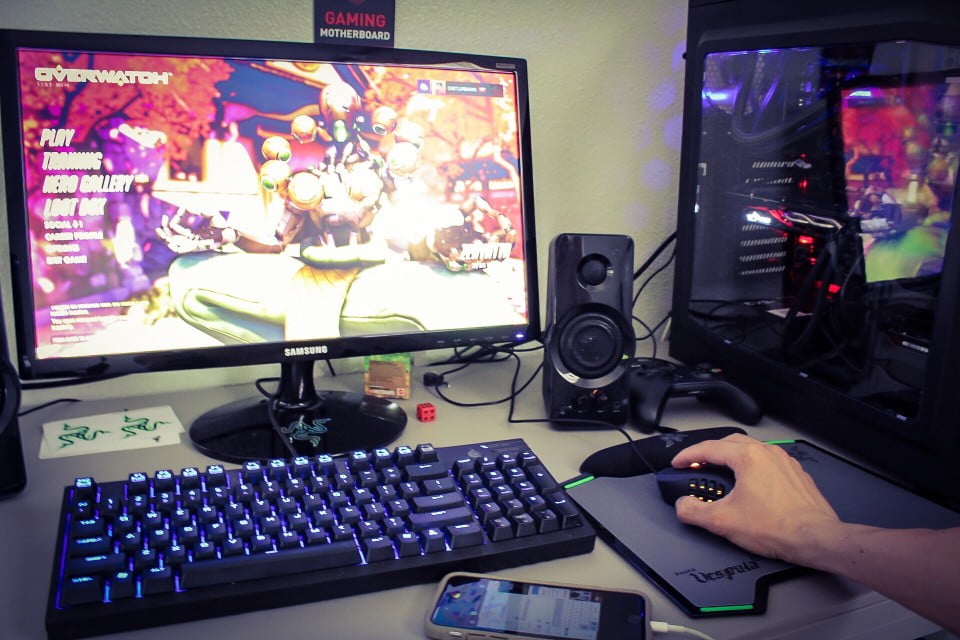



























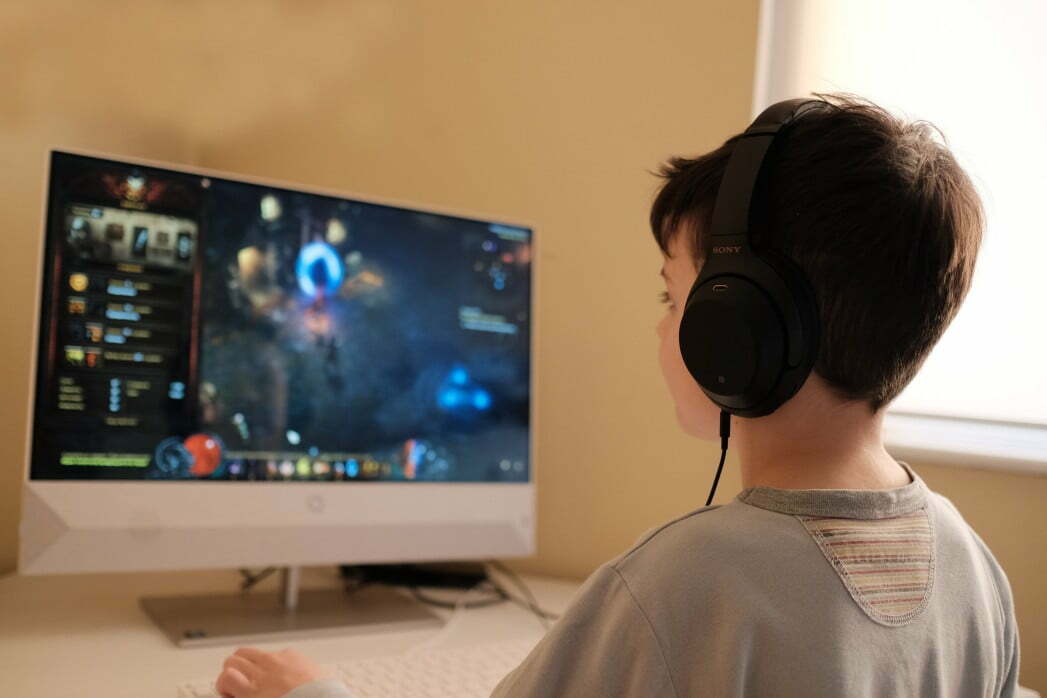
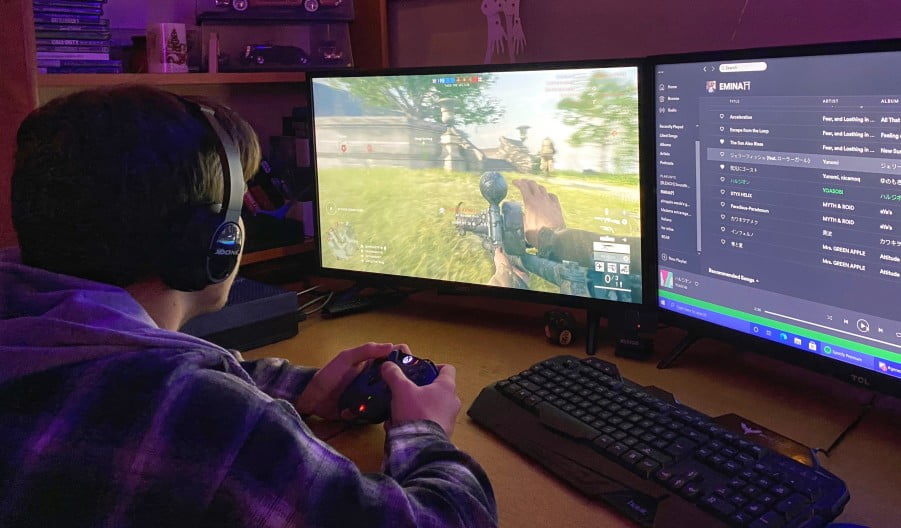
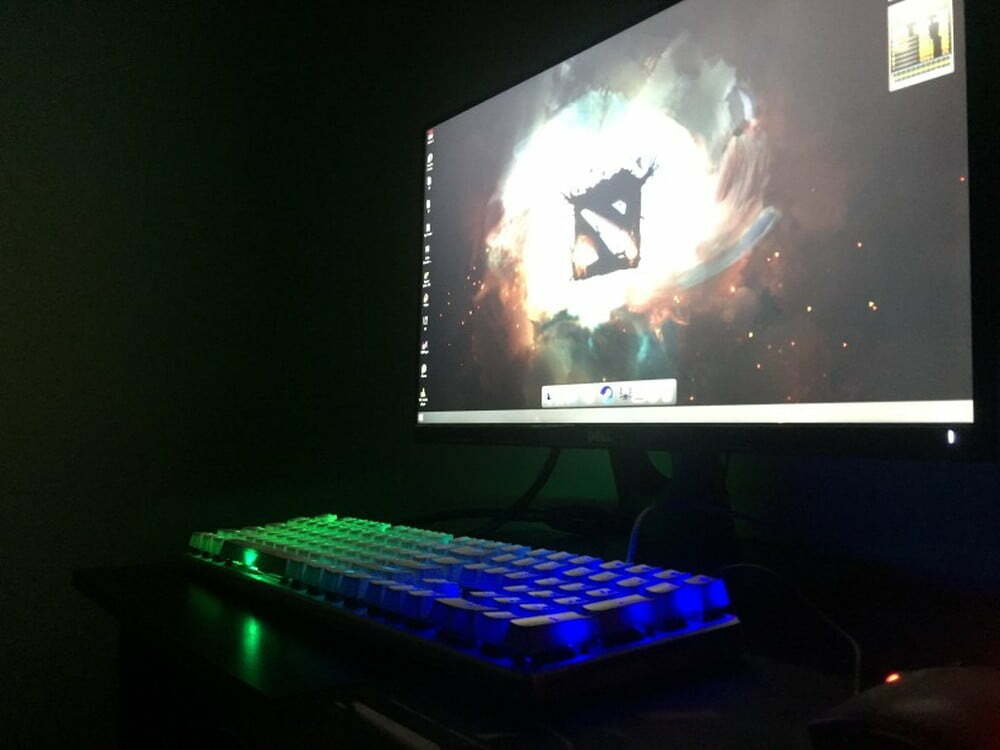



![Best 27 Inch Computer Monitor in [year] 27 Best 27 Inch Computer Monitor in 2026](https://www.gadgetreview.dev/wp-content/uploads/how-to-buy-the-best-computer-monitor.jpg)
![Best BenQ Monitors in [year] 28 Best BenQ Monitors in 2026](https://www.gadgetreview.dev/wp-content/uploads/best-benq-monitor-image.jpg)
![Best ASUS Monitors in [year] 29 Best ASUS Monitors in 2026](https://www.gadgetreview.dev/wp-content/uploads/best-asus-monitor-image.jpg)
![Best Dell Monitors in [year] 30 Best Dell Monitors in 2026](https://www.gadgetreview.dev/wp-content/uploads/best-dell-monitor-image.jpg)
![Best HP Monitors in [year] 31 Best HP Monitors in 2026](https://www.gadgetreview.dev/wp-content/uploads/best-hp-monitor-image.jpg)
![Best Lenovo Monitors in [year] 32 Best Lenovo Monitors in 2026](https://www.gadgetreview.dev/wp-content/uploads/best-lenovo-monitor-image.jpg)
![Best ViewSonic Monitors in [year] 33 Best ViewSonic Monitors in 2026](https://www.gadgetreview.dev/wp-content/uploads/best-viewsonic-monitor-image.jpg)
![Best Gigabyte Monitors in [year] 34 Best Gigabyte Monitors in 2026](https://www.gadgetreview.dev/wp-content/uploads/best-gigabyte-monitor-image.jpg)
![Best Monitors for PS4 Pro Gaming in [year] 35 Best Monitors for PS4 Pro Gaming in 2026](https://www.gadgetreview.dev/wp-content/uploads/best-monitors-for-ps4-pro-image.jpg)
![Best Monitor for Xbox Series X in [year] 36 Best Monitor for Xbox Series X in 2026](https://www.gadgetreview.dev/wp-content/uploads/best-monitor-for-xbox-series-x-image.jpg)
![Best Acer Monitors in [year] 37 Best Acer Monitors in 2026](https://www.gadgetreview.dev/wp-content/uploads/best-acer-monitor-image.jpg)
![Best MSI Monitors in [year] 38 Best MSI Monitors in 2026](https://www.gadgetreview.dev/wp-content/uploads/best-msi-monitor-image.jpg)
![Best SAMSUNG Monitors in [year] 39 Best SAMSUNG Monitors in 2026](https://www.gadgetreview.dev/wp-content/uploads/best-samsung-monitor-image.jpg)
![Best LG Monitors in [year] 40 Best LG Monitors in 2026](https://www.gadgetreview.dev/wp-content/uploads/best-lg-monitor-image.jpg)
![Best AOC Monitors in [year] 41 Best AOC Monitors in 2026](https://www.gadgetreview.dev/wp-content/uploads/best-aoc-monitor-image.jpg)
![Best Philips Monitors in [year] 42 Best Philips Monitors in 2026](https://www.gadgetreview.dev/wp-content/uploads/best-philips-monitors-image.jpg)
![Best Monitors For PUBG in [year] 43 Best Monitors For PUBG in 2026](https://www.gadgetreview.dev/wp-content/uploads/best-monitor-for-pubg-image.jpg)
![Best Stream Decks in [year] 44 Best Stream Decks in 2026](https://www.gadgetreview.dev/wp-content/uploads/best-stream-deck-image.jpg)
![Best Monitors for Streaming in [year] 45 Best Monitors for Streaming in 2026](https://www.gadgetreview.dev/wp-content/uploads/best-monitor-for-streaming-image.jpg)
![Best Monitors For Flight Simulator in [year] 46 Best Monitors For Flight Simulator in 2026](https://www.gadgetreview.dev/wp-content/uploads/best-monitor-for-flight-simulator-image.jpg)













